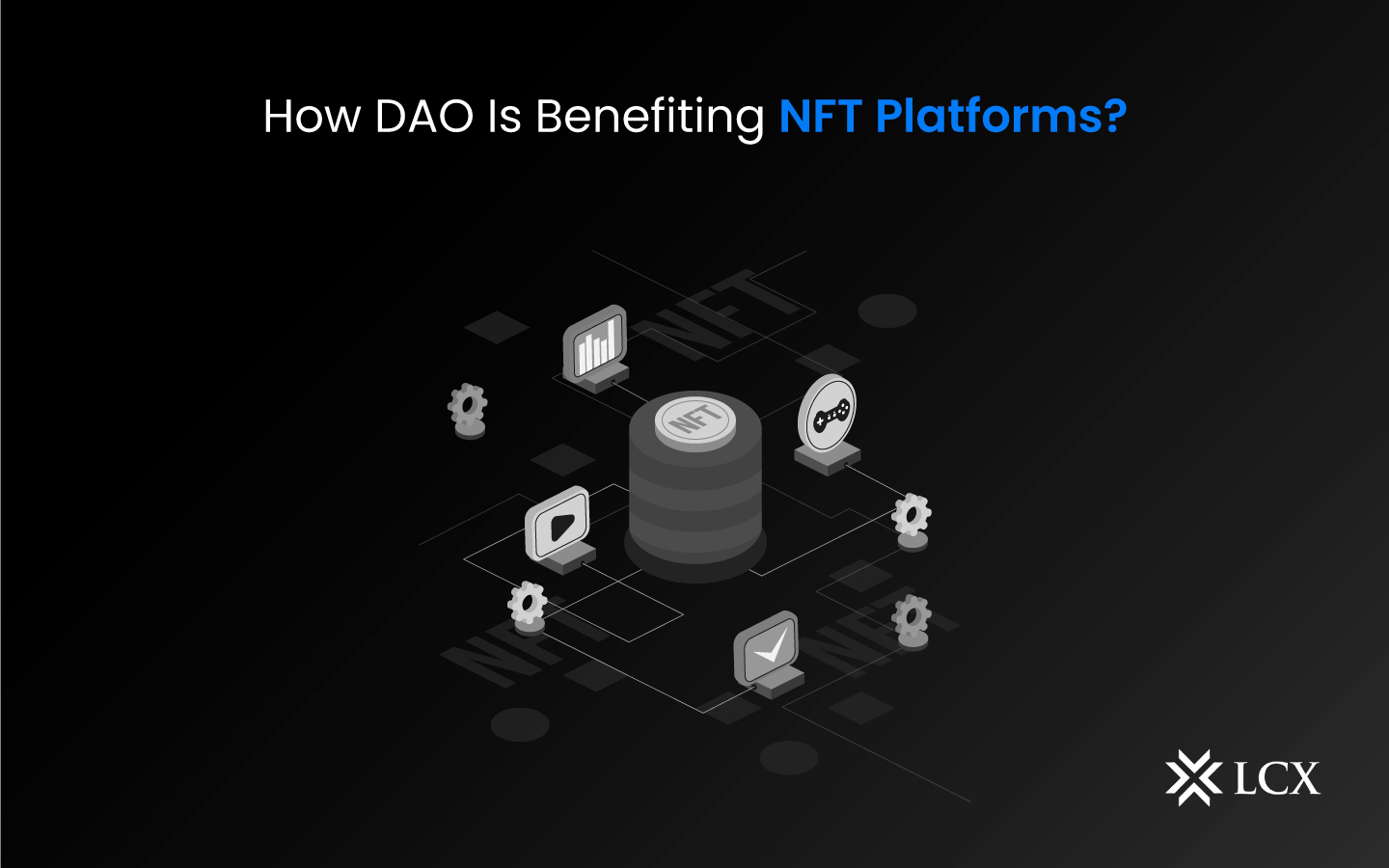Swiss banks are unlikely to migrate to Blockchain, DLT Systems, says SNB advisor

[gpt3]rewrite
While some banks have begun experimenting with blockchain and distributed ledger technology (DLT), widespread migration to these systems is unlikely to occur due to a number of roadblocks, including regulatory and compliance challenges, the high cost of the endeavor, as well as uncertainty about the long-term benefits and potential disruptions of the technology to existing business models, Benjamin Müller, an adviser on banking operations for the Swiss National Bank (SNB), said at an industry event last month.
At the Digital Monetary Institute symposium, held on May 10 and 11 in London, Müller participated in a panel discussion that brought together senior executives representing the Banque de France, Goldman Sachs, Clifford Change and the SNB. The panel discussed asset tokenization, the opportunities afforded to blockchain in the capital markets, and central bank digital currency (CBDC) initiatives undertaken by monetary authorities.

Digital Monetary Institute Symposium
During the panel, Müller said that while asset tokenization offered many benefits, including speed and transparency, widespread adoption would be challenging. “We don’t want to see a big bang migration to blockchain and DLT,” he said.
“I think this is not realistic and not good practice for regulated financial institutions.”
Instead, Müller predicts an “evolution” in which two parallel systems can be run simultaneously. However, it will be an expensive undertaking, he said, and it will take some time before the industry is able to take advantage of the efficiency gains brought about by the new technology.
While it is unknown whether financial systems will run on DLT in the future, Müller said that financial institutions and banks will most likely play a much larger role in the digital asset sphere by facilitating access to tokenized assets.

Benjamin Muller
“The model we have today is very compatible with the model we could see when DLT and blockchain are used,” he said.
“We could well imagine a world where we would have the two-tiered financial system with intermediaries, banks and other financial institutions allowing end users to access such tokenized assets and settle payments. It’s not necessarily in conflict.”
Asset tokenization, a process that involves representing the ownership rights of real-world assets as digital tokens on a distributed ledger, has been a popular trend among financial institutions.
Earlier this year, Swiss private bank Cité Gestion announced that it had become the first private bank to tokenize its shares under Swiss law. For the project, the bank teamed up with Taurus, a Geneva-based provider of digital assets. Taurus was responsible for tokenizing the shares, managing the smart contract and performing asset servicing of the securities, the companies said in a press release.
Taurus, which received a securities license last year from the Swiss Financial Markets Authority, said it had been involved in tokenizing 15 deals with Swiss-based and EU-based issuers, including banks and asset managers as well as small and medium-sized enterprises (SMEs) and startups since its inception in 2018.
The company counts among its clients the likes of Arab Bank Switzerland, CACEIS, Credit Suisse, Deutsche Bank, Pictet, Swissquote and Vontobel, and secured a $65 million Series B funding round in February to support its growth.
The SNB laid out its intention to “future-proof” the domestic payment ecosystem in March, outlining its ambition to leverage technologies and processes including tokenization and DLT to establish an “efficient, reliable and secure ecosystem” that is aimed at “the future of cashless payments in Switzerland,” said SNB’s board member, Andréa Maechler, during an event.
As part of the plan, the central bank is investigating how central bank money can be made available in a regulated token environment. The project focuses on investigating different models for token settlement, and is carried out in collaboration with the regulated financial market infrastructures and other market players.
Separately, the Swiss Bankers Association (SBA) is exploring the concept of a privately issued, publicly accessible and programmable form of money. If carefully designed, this stablecoin could enable a wide range of new applications, reduce risks, increase efficiency and open up entirely new areas of business, the industry trade group says.
Featured image credit: edited from Freepik
[gpt3]


























